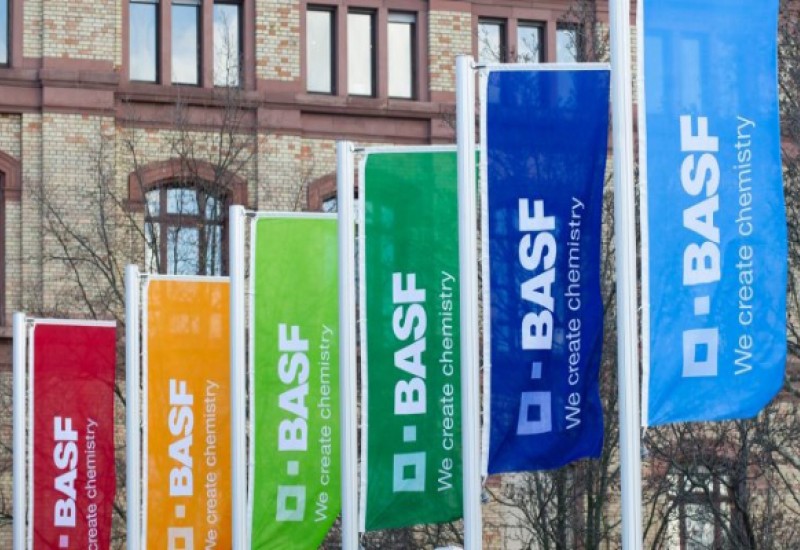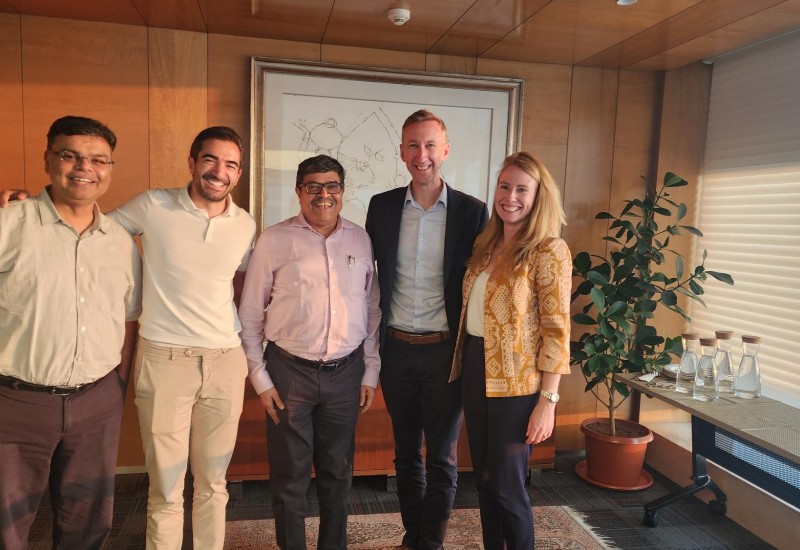Feature article – US agrochemicals: A delicate balance
Price pressure stalls re-shoring in US agrochemicals, but business was brisk with positive energy at the Specialty & Agro Chemicals America event. Gregory D.L. Morris reports from Savannah
“Ag prices are down and farmers are hurting,” said Jim DeLisi, president of Fanwood Chemical, in his outlook briefings at the Specialty & Agro Chemicals America conference on 25-28 June in Savannah, Georgia. “There are huge inventories, especially of corn, and the situation could be getting worse. That means reduced use of fertilisers and other ag chems. And when they are used, there is the financial pressure to use generics.” These are already about 70% of the market.
The other major topic at the conference was what became of shorter, more robust supply chains. “After the pandemic it seemed like everyone was talking about re-shoring or near-shoring,” said Franklin J. Fisher, president of SC Chem. “But people forgot, or got lazy. If you look around today, China is winning on price and volume. India is winning. Europe is losing. BASF is shutting sites at Ludwigshafen.”
Several speakers noted the importance of BASF as a bellwether for the European chemical industry. A few noted the irony that Germany was the cradle of many agricultural chemicals, dyestuffs and other speciality chemicals. Fisher’s counterpart, Jim Stavrakas, managing director of PFP Commercial Consulting, suggested that, “near-shoring got replaced by geographic diversity in supply”. While acknowledging the headwinds, delegates at the conference maintained a positive outlook.
The exhibit floors were full, as the social areas and meeting rooms were loud with conversation. Beyond the usual cycles of commodity prices DeLisi expressed concern that “the zenith of agchems is now. Drone technology allows farmers to find and spot apply as needed: herbicide here, fungicide there, insecticide over there. There will be less need for broad-area application. Environmentally there is no argument, and economically, for the farmer, there is no argument.”
This means reductions in total volumes throughout the value chain. In the near term, however, another glyphosate crash could be on the cards. “That is a key herbicide import,” said DeLisi, “and production from China is growing.”
Along the same lines, prices of 2,4-dichlorophenoxyacetic acid (2,4-D) have fallen by half in the last two years, mostly due to imports from China, DeLisi stated. In April the US Department of Commerce initiated an anti-dumping and countervailing duty investigation regarding 2,4-D from China and India.
“As many of you have noted, the fall in prices for 2,4-D just puts them back to where they were,” said DeLisi. “But historical prices are not considered in anti-dumping investigations. The timeframe is from when the investigation begins. The case should be concluded by the end of the year.” His strong feeling is that there will be some anti-dumping finding, especially because the investigation would have ended at an earlier stage if there were no grounds for proceeding.
Regardless of the findings in that one case, China has many significant strengths, DeLisi related. “It has 170 bilateral investment treaties, including some with European countries. It also has 17 free trade agreements.” That is a very big lever when negotiating trade terms with other countries and blocs. China also seems to be playing both sides of the street, DeLisi noted. “The second largest economy in the world is still a ‘developing country’ in the WTO.” More specifically, a major point of concern in the US is that at least 70% of all agrochemicals have a Chinese component – and it could be as high as 80%.
One of the quiet shifts in the US agrochemical sector is the increasing portion of land under cultivation that is used to grow fuel rather than food. According to DeLisi, 45% of all the corn grown in the US is used to make ethanol for fuel. The same portion of soy oil is used in biofuels. How those percentages progress in the next few years, especially as electric vehicles gain market share, remains to be seen. There is less uncertainty about the prospects for shorter, more robust supply chains.
One toll manufacturing executive lamented that, “on-shoring and near-shoring are mostly just posturing. Orders are still going to suppliers in Asia who pay their workers a dollar a day in some places, and have little compliance. Labour rates in the US are $20-30/hour and we have to meet OSHA and EPA regulations.” Even when orders are offered to North American or European producers, the volumes tend to be small.
“The only significant shift we’ve seen in purchasing policy is that clients have opened about 20% of what was their single-source orders,” said a senior executive of a large toll manufacturer. “But even then, that 20% is not to one or two other suppliers, it’s scattered around to a dozen or more, so everyone just gets a sliver. Those are only the ones who are still willing to meet the price and terms of the main supplier even for that little sliver.”
Fisher related a common scenario. “Your CFO says he needs every nickel. You say there is a cost associated with having a single source. He says ‘Do it anyway’. If that happens, you should get it in writing from him so you can show it at the meeting when something goes wrong with that single source.” Another scenario could be “your competition rolls the dice and stays with a single source. So then they gain volume or market share.”
Putting those situations into context Stavrakas said that, “it is important for your financial leadership to understand what is going on with the worldwide chemical industry in general and supply chains in particular. Very few understand the industry. You have to explain it to them. For example, the process for qualifying suppliers can vary all over the board.” The key, Fisher, explained, “is to get them to listen to the narrative, not just look at the numbers. If you have to go with a single source, ask what Plan B is and – very important – what the timeline for it is. That is how much inventory you have to have on hand.”
Toll Solutions has added two 4,000-gallon reactors at its manufacturing complex in Duncan, South Carolina. “We are always exploring expansion, whether that is organically or through acquisition,” said Joseph Wilson, Jr., president and CEO. The Duncan site is operating around the clock five days a week and would like to go to 24/7.
“That was one of my goals in going to Chemspec Europe,” said Wilson, “to find European companies that want to produce in the US Re-shoring is an opportunity for them. Part of their frustration is regulation. “That is why the work of SOCMA is so important,” Wilson continued. “I was on Capitol Hill earlier in June as part of our efforts to educate legislators. Re-shoring presents a great opportunity, but regulation is hurting innovation.”
Citing Pre-Manufacturing Notices and the Toxic Substance Control Act Wilson said: “The system is broken. That is going to hurt us as a country.” Nevertheless, Toll Solutions is growing. “Business has been very steady for a few years,” said Wilson. “There is more outsourcing than in the past. People seem to want to producer less and outsource more.”
Actylis is also expanding. Early in 2023 it opened a new manufacturing facility for APIs at Eugene, Oregon. Since then there have been expansions completed or planned for its other North American research and manufacturing complexes: Buffalo, New York; Ogden, Utah; and Montreal.
Packaging is also in flux as global supply chains are revised, which adds a wrinkle for packaging materials themselves. “As governments and companies set their sustainability goals fro 2030, 2050 and beyond, they have to consider how that is going to affect companies up and down the supply chain,’ said Jane Matyac, manager of strategic marketing at container manufacturer Greif. The firm recently opened a new manufacturing plant in Dallas, and completed the $538-million acquisition of Ipackchem Group, an international maker of small, rigid plastic containers.















